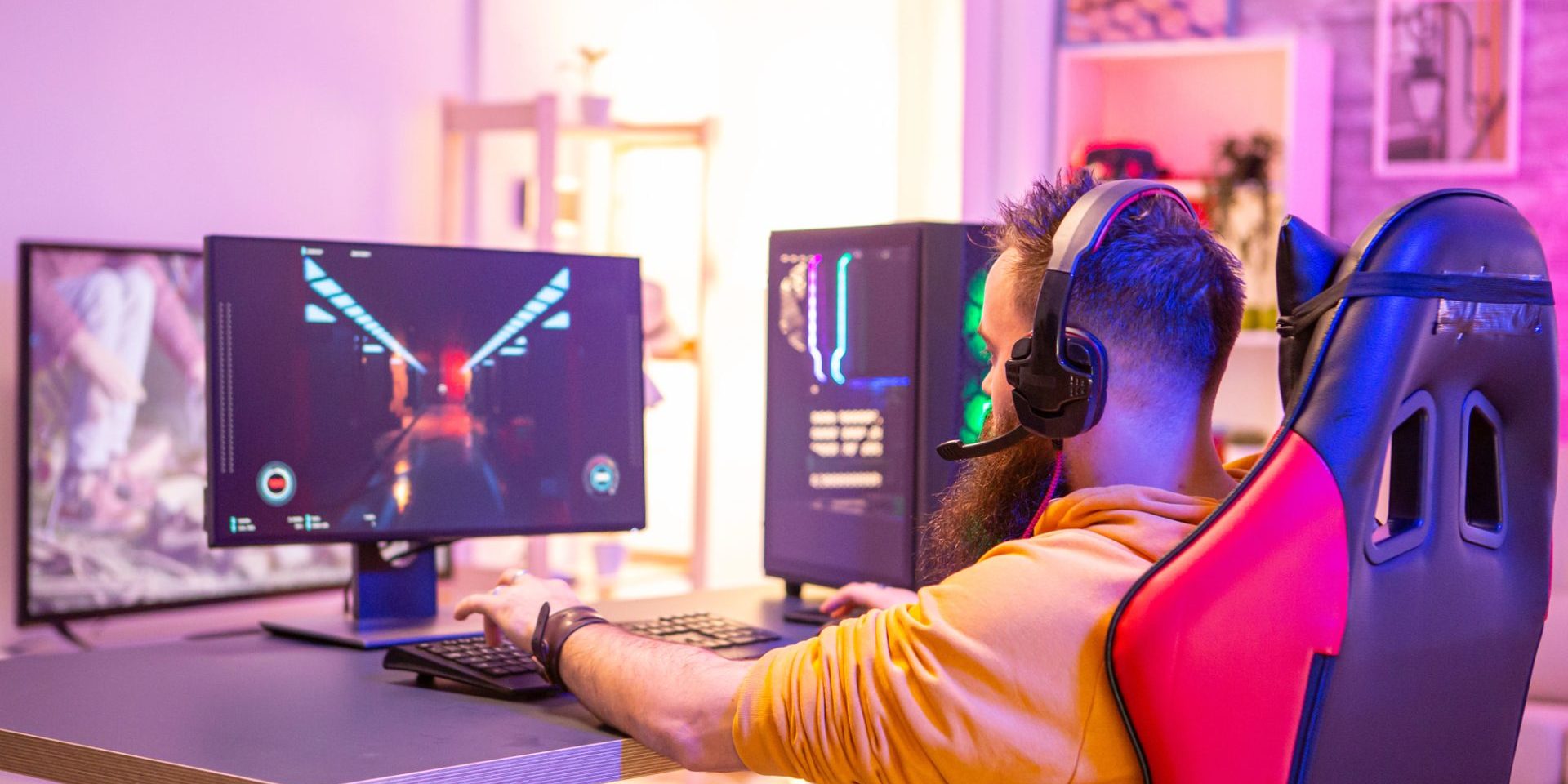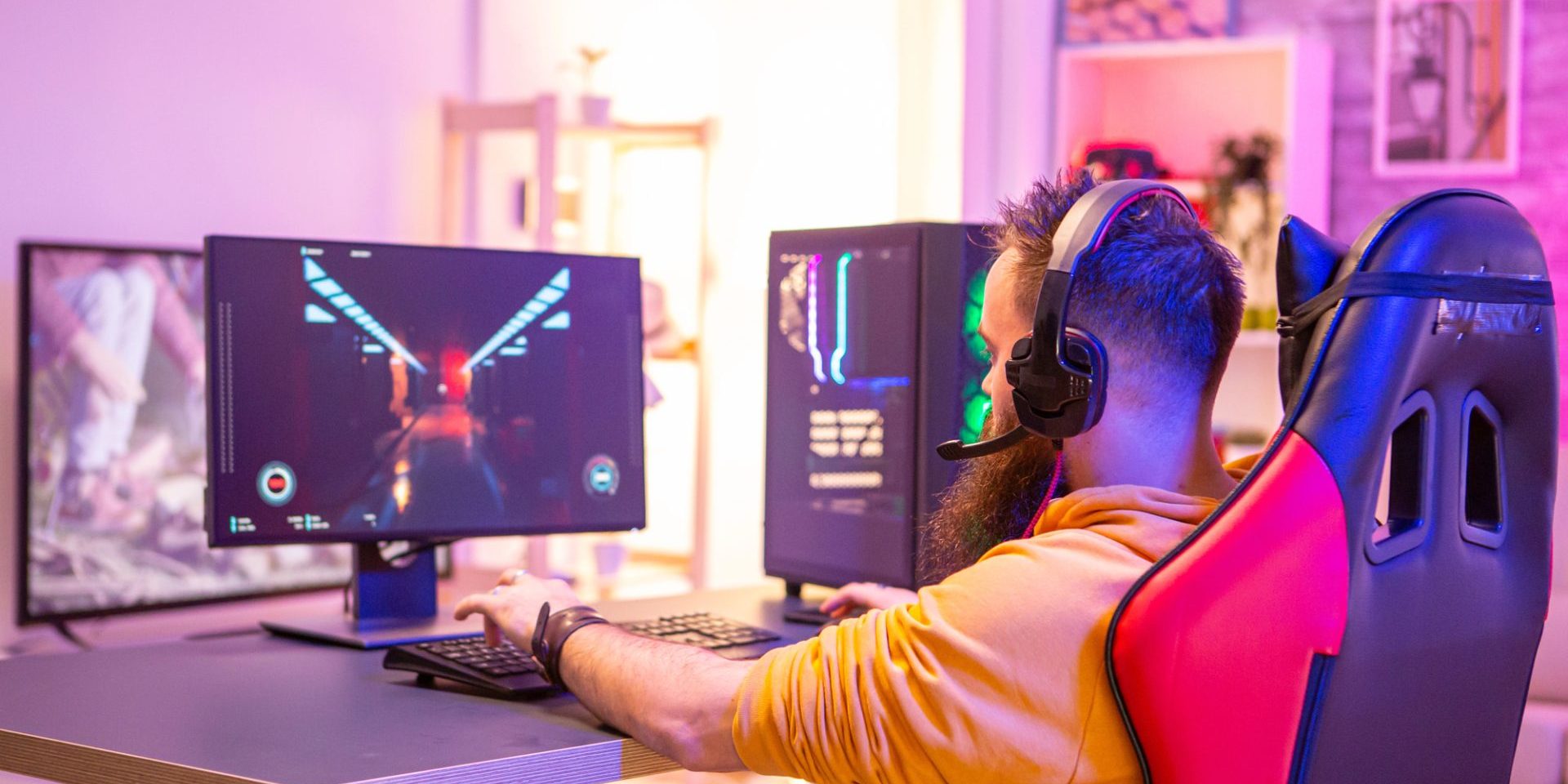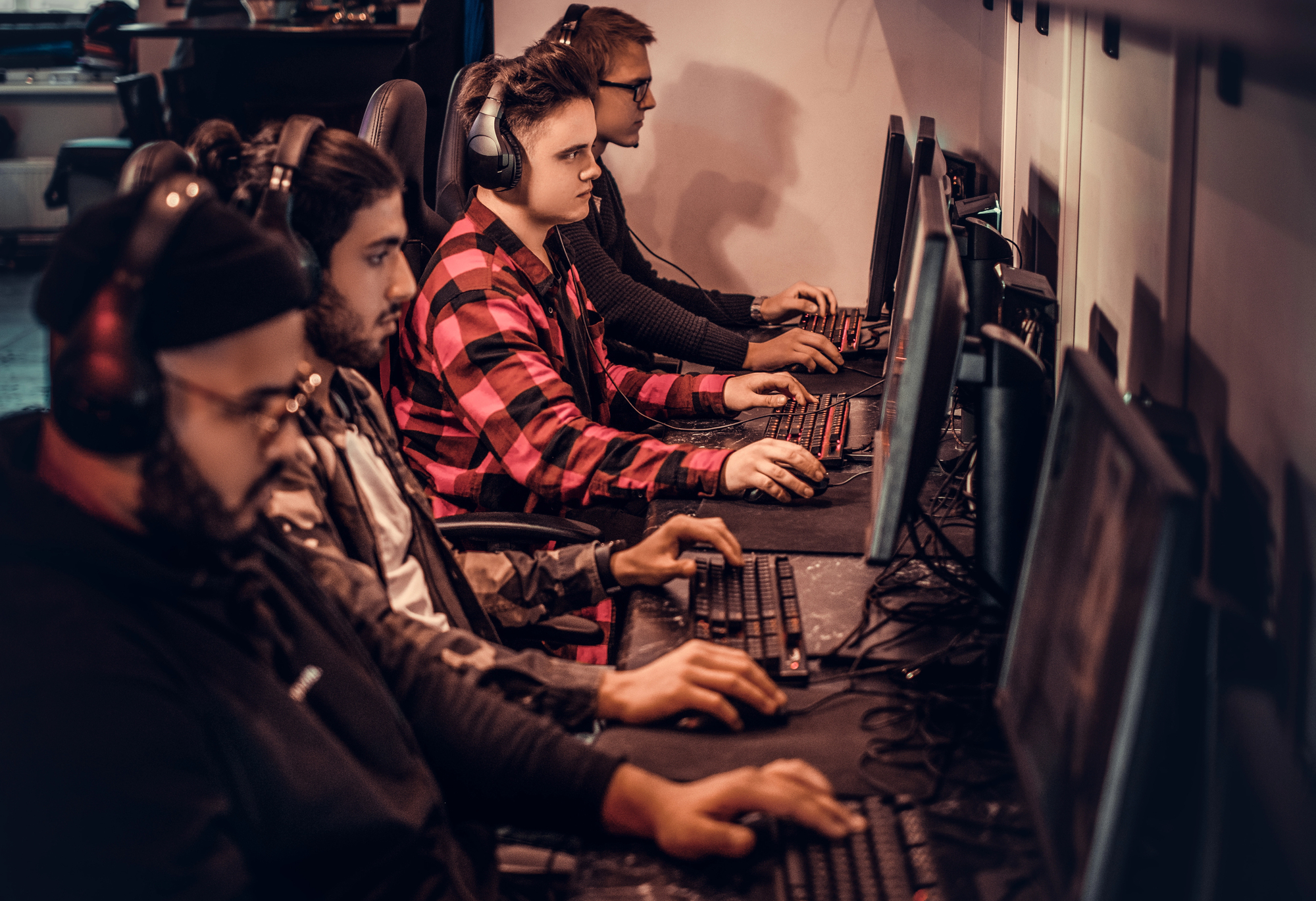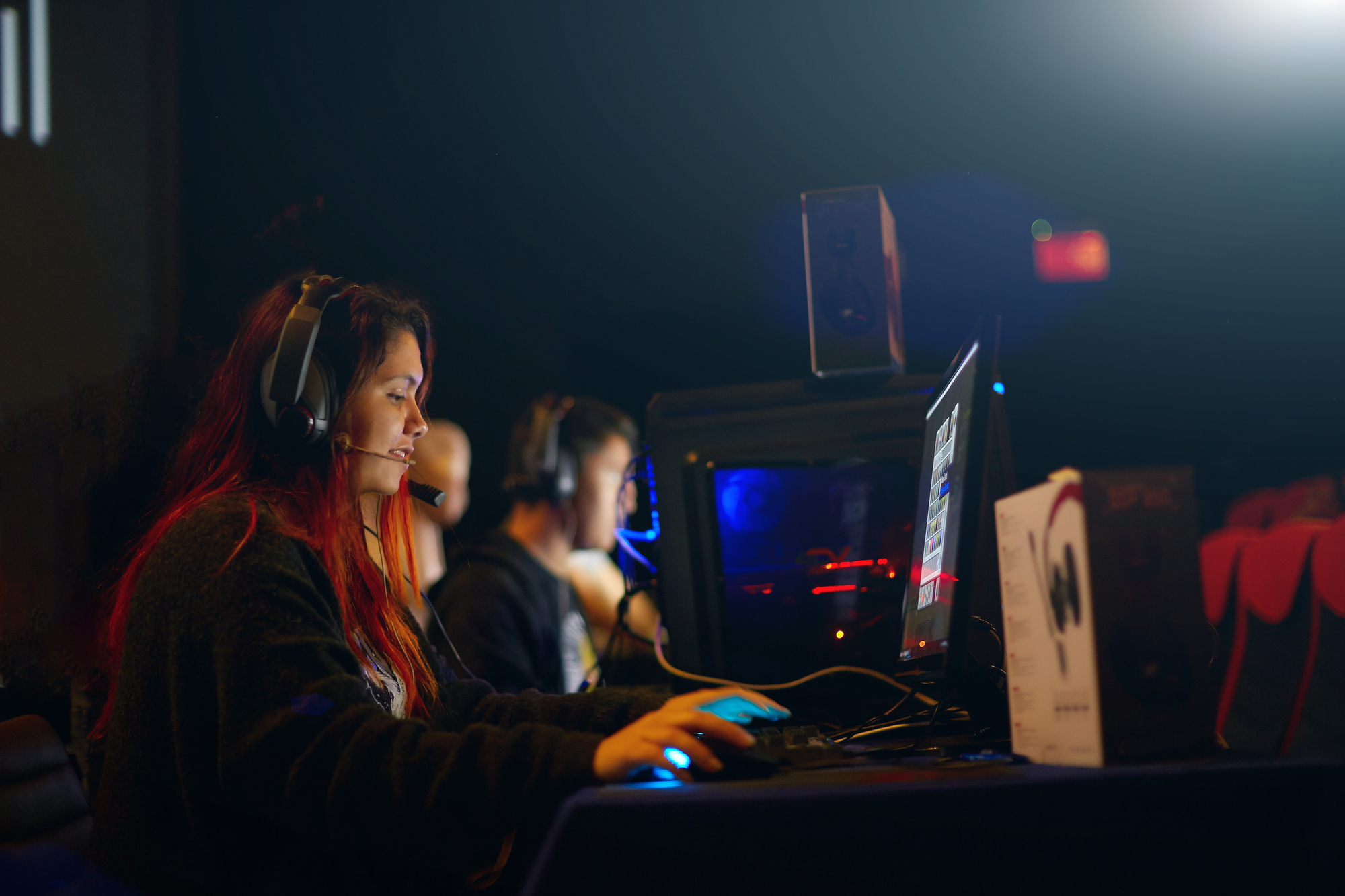Video games have emerged as powerful tools for education, offering unique opportunities for learning through play. These interactive experiences engage players in ways traditional methods often struggle to match. Video games provide excellent context by presenting strong narratives that trigger emotional responses, making the learning experience memorable and impactful.
Games can be particularly effective for teaching subjects like math and science, where grasping fundamental concepts is crucial for advanced learning. Good educational games give players agency, allowing them to make choices and set goals within the game world. This active involvement sparks curiosity and motivates learners to explore and discover new knowledge.
The educational potential of video games extends beyond academic subjects. Players develop problem-solving skills, critical thinking abilities, and improve hand-eye coordination. As games continue to evolve, their capacity to deliver meaningful learning experiences grows, making them valuable assets in both formal and informal educational settings.
Understanding the Educational Value of Video Games
Video games offer significant educational benefits, enhancing cognitive skills, boosting engagement, and providing effective feedback mechanisms. These interactive experiences create unique learning opportunities across various domains.
Cognitive Enhancement and Skills Development
Video games can sharpen cognitive abilities. Action games often improve visual attention and spatial reasoning. Strategy games boost problem-solving and planning skills. Some games enhance memory and multitasking abilities.
Educational games target specific learning outcomes. Math games can reinforce arithmetic skills, while language games aid vocabulary development. Many games promote critical thinking and decision-making.
Puzzle games exercise logical reasoning. Role-playing games can foster empathy and social understanding. Simulations allow players to apply knowledge in virtual scenarios, bridging theory and practice.
Engagement and Motivation in Learning
Games captivate players through compelling narratives and rewarding gameplay loops. This engagement translates to increased motivation in educational contexts. Students often find game-based learning more enjoyable than traditional methods.
Gamification elements like points, badges, and leaderboards can spark healthy competition. These features encourage consistent effort and celebrate progress. Achievements and level-ups provide clear goals and a sense of accomplishment.
Customizable difficulty levels allow learners to progress at their own pace. This personalized approach reduces frustration and maintains interest. The immersive nature of games can make complex topics more accessible and relatable.
Assessment and Feedback Mechanisms
Video games excel at providing immediate feedback. Players receive instant responses to their actions, allowing for rapid learning and adjustment. This continuous feedback loop accelerates skill acquisition and knowledge retention.
In-game analytics track player performance across various metrics. Teachers can use this data to identify areas where students excel or struggle. Adaptive learning systems adjust content difficulty based on individual progress.
Games often incorporate formative assessments seamlessly into gameplay. Quests, puzzles, and challenges serve as natural checkpoints for understanding. Some educational games feature built-in diagnostic tools to measure learning outcomes accurately.
Integrating Games into the Educational Framework
Video games offer powerful learning opportunities when thoughtfully incorporated into educational settings. Effective integration requires aligning gameplay with curricular goals, adapting teaching methods, and leveraging games’ interactive nature to enhance student engagement and skills development.
Game-Based Learning in Classrooms
Game-based learning brings video games into academic environments to support educational objectives. Teachers can use commercial or educational games as supplementary tools to reinforce concepts, develop problem-solving abilities, and foster collaboration among students.
Short, focused gameplay sessions work well within typical class periods. Popular titles like Minecraft and Civilization have educational versions specifically designed for classroom use. These games allow students to apply academic knowledge in virtual environments.
Some schools dedicate entire courses to game design and development. Students learn programming, art, and storytelling skills by creating their own educational games. This approach combines technology literacy with subject-specific learning.
Curricular Connections and Learning Outcomes
Integrating games into curricula requires clear links between gameplay and academic standards. Educators map in-game activities to specific learning outcomes across subjects like math, science, language arts, and social studies.
Games can target both cognitive and non-cognitive skills. Puzzle games enhance logical reasoning and spatial awareness. Role-playing games improve communication and decision-making. Strategy games develop critical thinking and resource management abilities.
Assessment methods must adapt to game-based learning. Teachers use observation, gameplay data, and student reflections to evaluate progress. Some games include built-in assessment tools to track player performance against learning objectives.
Teacher Roles and Instructional Design
In game-based classrooms, teachers become facilitators and guides rather than lecturers. They select appropriate games, prepare students for gameplay, and lead discussions to connect game experiences with academic content.
Professional development helps educators learn game mechanics and integration strategies. Teachers collaborate to design lesson plans incorporating games effectively. Some create custom scenarios or mods to tailor commercial games to specific learning goals.
Balancing gameplay with other instructional methods is key. Games work best as part of a varied approach including traditional teaching, hands-on activities, and group projects. This mix keeps students engaged while addressing diverse learning styles and preferences.
Social and Collaborative Aspects of Gaming
Video games offer rich opportunities for social interaction and collaboration. Players develop important interpersonal skills while engaging in cooperative and competitive gameplay.
Building Cooperation and Competition
Many video games incorporate cooperative elements that require players to work together toward shared goals. Team-based games like Overwatch foster communication and coordinated strategies. Players learn to leverage each other’s strengths and support teammates.
Competitive gaming also builds valuable skills. Players develop sportsmanship, learn to gracefully handle wins and losses, and push themselves to improve. Esports tournaments showcase high-level competitive play while building communities.
Some games blend cooperation and competition. In Minecraft, players may work together to build structures while also engaging in friendly pvp battles. This teaches balancing individual and group priorities.
Online Communities and Social Support
Gaming communities provide social connections and support networks. Forums, Discord servers, and in-game chat allow players to share tips, discuss strategies, and form friendships.
Massively multiplayer online games like World of Warcraft create virtual worlds where thousands interact. Players join guilds, tackle group challenges, and build lasting social bonds.
These communities can be especially valuable for those who struggle with in-person socializing. Online gaming offers a low-pressure environment to practice social skills.
Learning Through Multiplayer Interaction
Multiplayer games create organic learning environments. Players teach each other game mechanics, share knowledge, and learn by observing skilled players.
Language learning often occurs naturally in international gaming communities. Players pick up new vocabulary and practice communication skills with native speakers.
Multiplayer games also build leadership abilities. Raid leaders in MMOs learn to coordinate large groups and adapt strategies on the fly. These skills transfer to real-world teamwork and management.
Addressing Concerns and Exploring the Future of Educational Gaming
Video games in education face challenges but also present opportunities for growth and innovation. The integration of gaming technology in learning environments continues to evolve, shaped by research findings and societal changes.
Mitigating the Impact of Violent Video Games
Concerns about violent content in video games persist among educators and parents. A meta-analytic review of research on violent video games suggests mixed effects on aggression and behavior. To address these concerns, educators can focus on age-appropriate game selection and implement clear guidelines for classroom use.
Game developers are creating more non-violent educational games that emphasize problem-solving and critical thinking. These “serious games” aim to teach specific skills or knowledge without relying on violent themes. Schools can also promote media literacy programs to help students critically analyze game content.
Game Design Evolution and Future Trends
Educational game design is advancing rapidly, incorporating new technologies and learning theories. Virtual reality (VR) and augmented reality (AR) are becoming more accessible, allowing for immersive learning experiences. These technologies can simulate complex environments for subjects like history or science.
Artificial intelligence is being used to create adaptive learning systems within games, tailoring difficulty and content to individual student needs. This personalized approach can boost engagement and learning outcomes.
Gamification elements, such as points, badges, and leaderboards, are being refined to enhance motivation without overshadowing educational goals. Future trends point towards more collaborative and cross-curricular gaming experiences that connect different subjects and skills.
Educational Gaming in Post-Pandemic Era
The COVID-19 pandemic accelerated the adoption of digital learning tools, including educational games. As schools return to in-person instruction, many are retaining successful gaming strategies from remote learning periods.
Games are proving valuable for addressing learning gaps and providing supplemental instruction. They offer flexible, self-paced learning options that can support students who fell behind during school closures.
The post-pandemic era has also seen increased interest in games that teach social-emotional skills and foster community building. These games help students reconnect with peers and develop resilience in the face of ongoing challenges.











